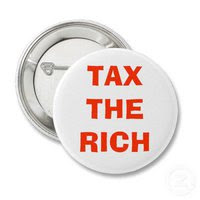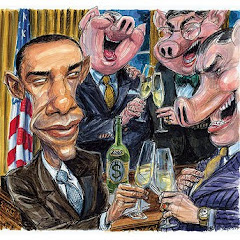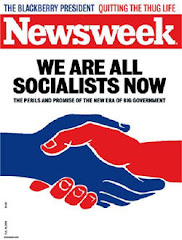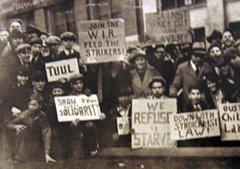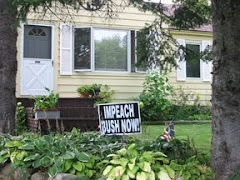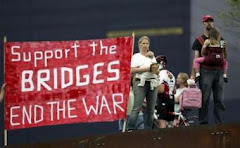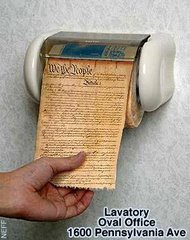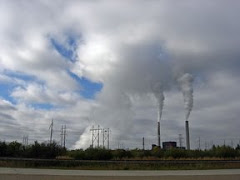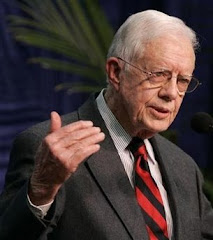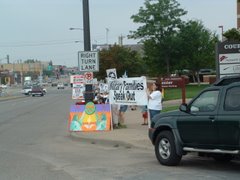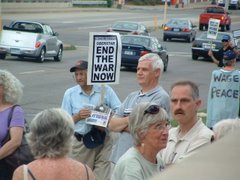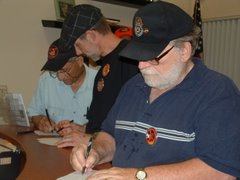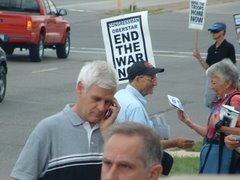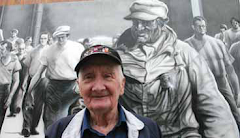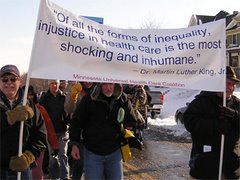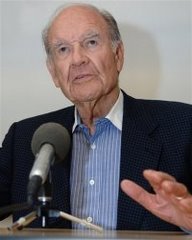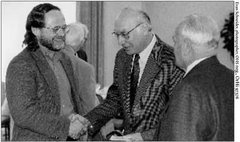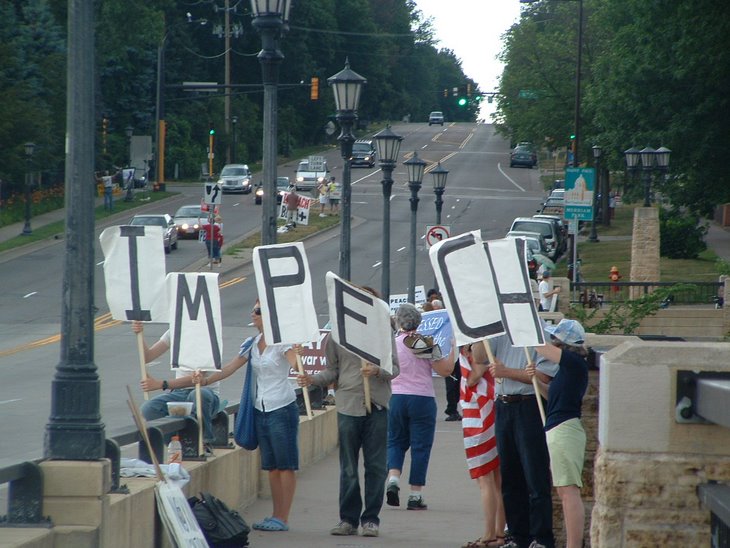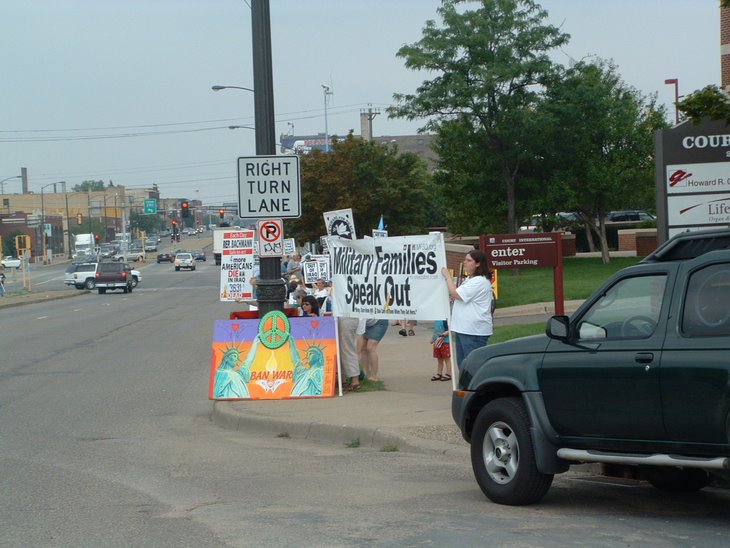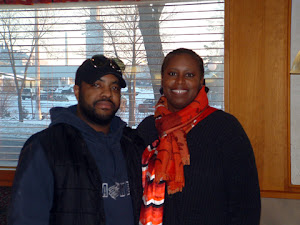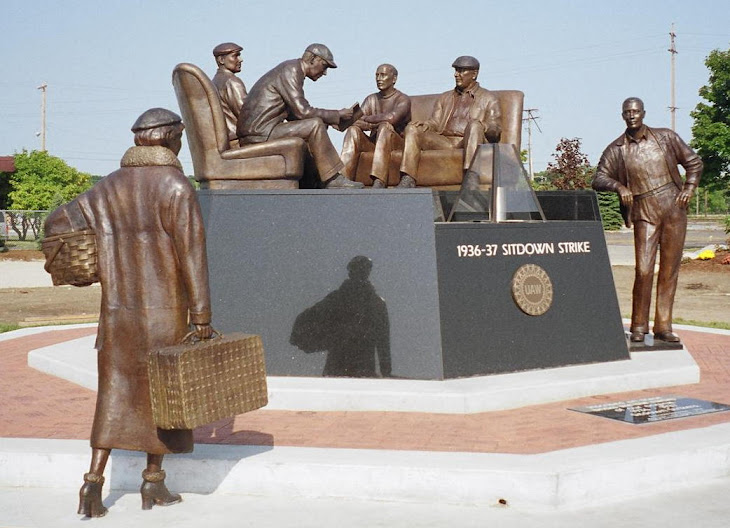Question: Why aren't we ever told in these stories on poverty what the percentages and numbers are for Native American Indian poverty?
Question: Why aren't alternatives to poverty like full employment and a real living Minimum Wage being explored?
Comment: What we need are alternatives to poverty not alternative methods of figuring out how much poverty exists here in the wealthiest country in the world where multi-billionnaieres are being created as a direct result of paying people poverty wages with a huge pool of unemployed people forcing wages down. And no one seems to be looking at the fact that paying for militarism and these dirty wars are making us all poor.
Comment: I have news, pun intended, for this writer and the Associated Press... poverty in this country is worse than the government admits and poverty is worse than it is portrayed in this story.
Conclusion: Poverty can be solved but not as long as Wall Street dominates the political and economic life of this country. The solution to poverty will only be found by creating a working class based progressive people's party that would be representing a "grand alliance" of all working people in determined struggle to establish new priorities in this country which would put people before profits.
http://www.startribune.com/politics/national/230825521.html?page=all&prepage=2&c=y#continue
Alternative poverty measure finds 3 million more poor in US than government's official rate
- Article by: HOPE YEN , Associated Press
- Updated: November 6, 2013 - 5:15 PM
WASHINGTON — The number of poor people in America is 3 million higher than the official count, encompassing 1 in 6 residents due to out-of-pocket medical costs and work-related expenses, according to a revised census measure released Wednesday.
The new measure is aimed at providing a fuller picture of poverty but does not replace the official government numbers. Put in place two years ago by the Obama administration, it generally is considered more reliable by social scientists because it factors in living expenses as well as the effects of government aid, such as food stamps and tax credits.
Administration officials have declined to say whether the new measure eventually could replace the official poverty formula, which is used to allocate federal dollars to states and localities and to determine eligibility for safety-net programs such as Medicaid.
Congress would have to agree to adopt the new measure, which generally would result in a higher poverty rate from year to year and thus higher government payouts for aid programs.
Based on the revised formula, the number of poor people in 2012 was 49.7 million, or 16 percent. That exceeds the record 46.5 million, or 15 percent, that was officially reported in September.
The latest numbers come as more working-age adults picked up low-wage jobs in the slowly improving economy but still struggled to pay living expenses. Americans 65 and older had the largest increases in poverty under the revised formula, from 9.1 percent to 14.8 percent, because of medical expenses such as Medicare premiums, deductibles and other costs not accounted for in the official rate.
There also were increases for Hispanics and Asian-Americans, partly due to lower participation among immigrants and non-English speakers in government aid programs such as housing aid and food stamps.
African-Americans and children, helped by government benefits, had declines in poverty compared with the official rate.
"This is a real incongruity, when 1 in 6 people face economic insecurity here in the richest country in the world," said Joseph Stiglitz, a Columbia University economist and former chairman of the White House Council of Economic Advisers who has argued for more government action to alleviate income inequality.
"When so many citizens are worse off year after year, with food insecurity and health care insecurity, there's no way you can say that's a successful economy."
Last week, more than 47 million Americans who receive food stamps saw their benefits go down, while Congress began negotiations on further cuts of up to $4 billion annually to the program.
Among states, California had the highest share of poor people, hurt in part by high housing costs and large numbers of immigrants, followed by the District of Columbia, Nevada and Florida. Under the official poverty rate, more rural states were more likely to be at the top of list, led by Mississippi, Louisiana and New Mexico.
Some other findings:
—Food stamps helped lift about 5 million people above the poverty line. Without such aid, the overall poverty rate would increase from 16 percent to 17.6 percent.
— Adults of working ages 18-64 saw an increase in poverty from 13.7 percent based on the official calculation to 15.5 percent, due mostly to commuting and child care costs.
—Child poverty declined from 22.3 percent to 18 percent under the new measure. Under both measures, children still remained the age group most likely to be living in poverty.
—By race, Hispanics and Asians saw higher rates of poverty, 27.8 percent and 16.7 percent respectively, compared with rates of 25.8 percent and 11.8 percent under the official formula. In contrast, African-Americans saw a modest decrease, from 27.3 percent to 25.8 percent based on the revised numbers. Among non-Hispanic whites, poverty rose from 9.8 percent to 10.7 percent.
"The primary reason that poverty remains so high is that the benefits of a growing economy are no longer being shared by all workers as they were in the quarter-century following the end of World War II," said Sheldon Danziger, a University of Michigan economist.
"Given current economic conditions, poverty will not be substantially reduced unless government does more to help the working poor."
Economists long have criticized the official poverty rate as inadequate. Based on a half-century-old government formula, the official rate continues to assume the average family spends one-third of its income on food. Those costs have declined to a much smaller share, more like one-seventh.
In reaction to some of the criticism, the Obama administration in 2010 asked the Census Bureau to develop a new poverty measure, based partly on recommendations made by the National Academy of Sciences. The goal is to help lawmakers better gauge the effectiveness of anti-poverty programs.
For instance, the new measure finds that if it weren't for Social Security payments, the poverty rate would rise to 54.7 percent for people 65 and older and 24.5 percent for all age groups.
Refundable tax credits such as the earned income tax credit helped lift 9 million people above the poverty line. Without the credits, child poverty would rise from 18 percent to 24.7 percent.
In recent years, New York City as well California, Virginia and Wisconsin have sought to put in place a more accurate poverty measure. They were prompted in part by local officials such as New York Mayor Michael Bloomberg who have argued that the official measure does not take into account urban costs of living and that larger cities may get less federal money as a result.



























